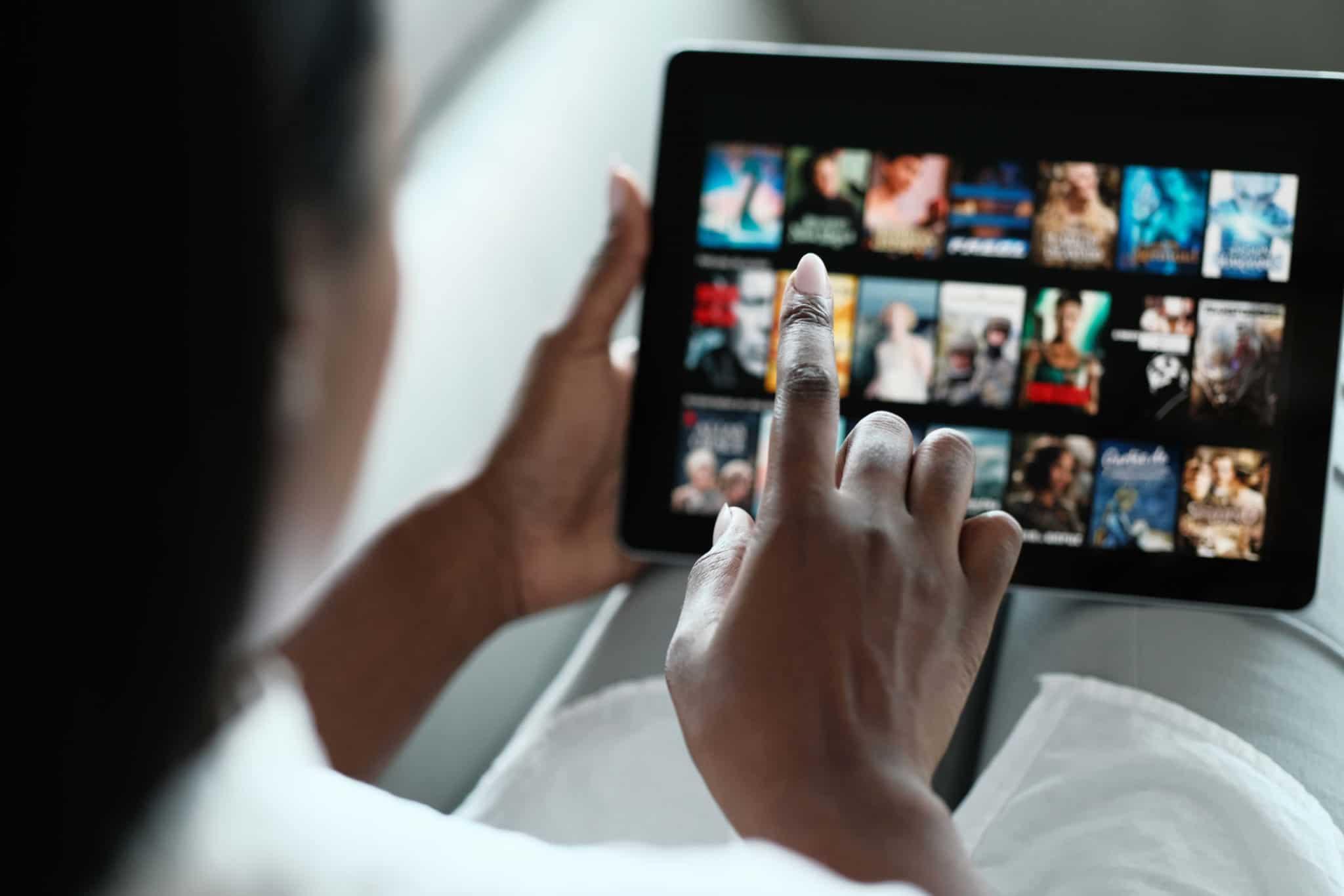IP/Web Regulations
The passage of the 21st Century Communications and Video Accessibility Act (CVAA) was designed to ensure that people with disabilities weren’t left behind as technology progressed in the digital age. Among other things, the law required programming captioned on TV also be captioned when delivered via IP, or online.
Congress directed the Federal Communications Commission (FCC) to fulfill and enforce the requirements, and the commission does so through their Internet Video Programming rules.
Who Does the Rule Apply to?
The rule applies to all creators of television content. Any programming captioned on TV must be captioned when delivered via Internet Protocol (IP). This includes delivery to your personal computer, tablet, smart phone, game console, or streaming device, like Apple TV, Roku, or Amazon Fire. Platforms or providers include YouTube, Netflix, and Amazon, among others. All captions must be of the same quality as those provided on TV or, in other words, IP programming is subject to the same caption quality rules as TV programs.
Note that while full-length programming must be delivered with captions on all platforms and devices, the rules vary for clips.
‘Clips’ Rules
Prior to 2016, CVAA rules applied only to full-length programming, not “clips.” In January 2016, the rules began to apply to “clips,” with different clips being captioned at different times.
Single Excerpt Clip: Any portion of a longer piece of programming from broadcast television, whether it’s from a show, sporting event, or news broadcast (also known as “direct lift clips” or “straight lift clips”) must be captioned when delivered via IP. Effective January 1, 2016, any single excerpt clip from a prerecorded program captioned on television and delivered to viewers on the internet also must be captioned.
Montage Clip: Any combination of single excerpt clips from the same program, a series, or multiple programs must be captioned. For example, a “best of” or highlight reel could be considered a montage. Effective January 1, 2017, any montage from prerecorded programming captioned on television and subsequently delivered via IP must be captioned.
Near-Live Programming Clips: “Near-live” is content recorded less than 24 hours before it airs on television. Effective July 1, 2017, any clip of a captioned near-live program must be captioned within eight hours of it first being broadcast on TV.
Live Programming: Effective July 1, 2017, any clip of a live program that aired live captioned on television and subsequently delivered via IP must be captioned within 12 hours of it first being broadcast on TV.
Please note there are two important differences between the rules for captioning full-length programs and “clips”.
- The above rules only require clips be captioned on the programmer’s website, not third-party sites. Full-length programming must be captioned no matter where the video is shown
- The clips rules only apply to programming created after the effective date. There are no “archive” rules, meaning clips that are already online will never have to be captioned, even if the program that clip was lifted from airs on television

Online-Only Video
“Online only” video is more popular and prevalent than ever. Though the creators of this content are not required by the FCC to caption their content, many video platforms and streaming providers, including Netflix, iTunes, and HBO Max, require their videos be delivered with captions. This largely is due to Title III of the Americans with Disabilities Act.